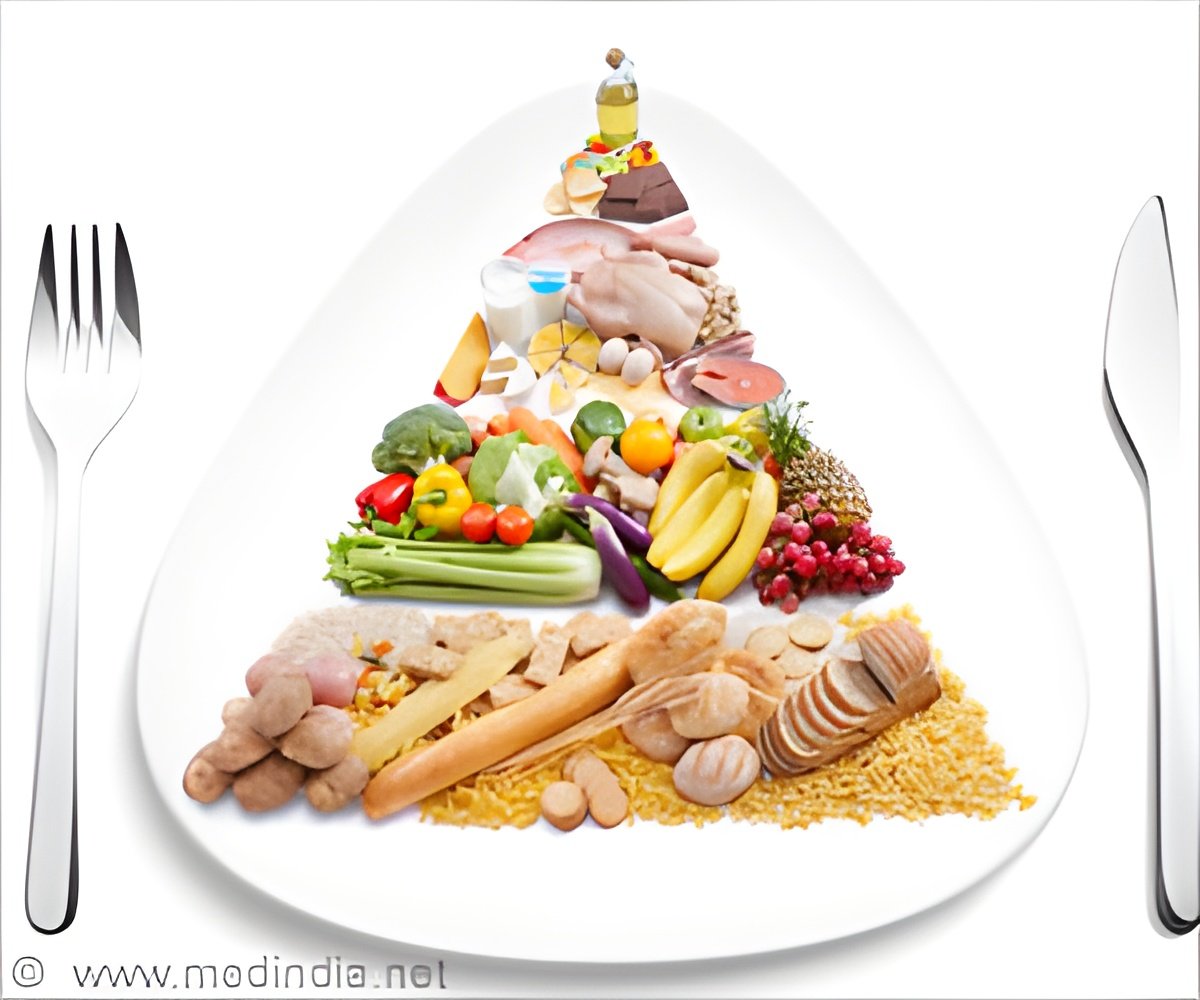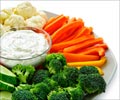
‘Food hero was developed to increase fruit and vegetable consumption among those eligible for SNAP benefits in Oregon, with a particular focus on low-income mothers.’
Tweet it Now
"The success of the program is by far exceeding the scope of what we envisioned when we started," said Melinda Manore, a professor of nutrition in the College of Public Health and Human Sciences at OSU and co-author of the studies. "Getting people to change their diet and eating behavior, especially when they do not have much money, is very difficult, and this program is helping to do that."The social marketing program is led by Lauren Tobey of Extension Family and Community Health at OSU, and Tobey is lead author of the studies. Food Hero is funded by the U.S. Department of Agriculture Food and Nutrition Service's Supplemental Nutrition Assistance Program - Education, or SNAP-Ed. SNAP-Ed focuses on obesity prevention within low-income households.
One of the new studies, published in the journal Nutrients, explores how Food Hero was developed and tested. The goal of the program is to increase fruit and vegetable consumption among those eligible for SNAP benefits in Oregon, with a particular focus on low-income mothers.
The campaign's strategy includes providing clearly focused messages, writing in plain language, being positive and realistic with the messaging, and offering simple tools for action that include an explanation of what to do and how to do it. The campaign has been effective in part because educators stayed focused on their target audience, the researchers said.
The other study, published in the Journal of Nutrition Education and Behavior, examines Food Hero's recipe project in more depth. The recipes used in the Food Hero campaign are formulated to be healthy, tasty and kid-friendly. To date, the Food Hero recipes have been accessed millions of times via the website and social media sites such as Pinterest.
Advertisement
"When our nutrition educators say to the children, 'Would you like to try this for us and tell us what you think?' it empowers them," Manore said. "It also is a way to expose kids to foods they may not have tried before."
Advertisement
As Food Hero's tips, tools and recipes get shared in person, online, through the media and via social media, the program's reach also expands beyond the initial audience, the researchers said. Recipes from the program are now being used around the world, and in 2015, the recipes on the Food Hero website received more than 290,000 page views.
In addition to their collaborations with Oregon partners such as the Department of Human Services, Department of Education and Oregon Health Authority, Food Hero program leaders are sharing materials and ideas with public health and SNAP-Ed programs in other states.
"Since 95 percent of the Food Hero recipes contain fruits and/or vegetables, people who try the recipes are helping us meet the primary goal of the campaign, which is to encourage more fruit and vegetable consumption, especially among low-income families," Tobey said.
Source-Eurekalert















